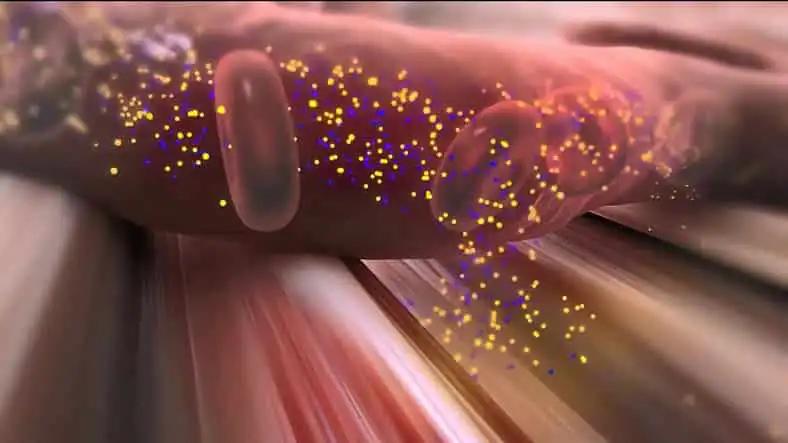KEY TAKEAWAYS
- HH2853 is a phase I/II trial that aimed to evaluate the safety and efficacy of HH2853, a novel selective EZH1/2 dual inhibitor, in ES patients.
- The study had two parts: dose escalation and dose extension. HH2853 was administered orally twice daily and safety and clinical activity were assessed.
- The study found that HH2853 is safe and effective in ES patients, warranting further investigation.
Epithelioid sarcoma (ES) is a rare and aggressive cancer that can be treated with tazemetostat, an EZH2 inhibitor. Researchers evaluated the safety and efficacy of HH2853, in ES patients.
The study had two parts: dose escalation and dose extension. Patients with advanced ES who received prior systemic anti-tumor therapies or have no standard therapy were eligible. HH2853 was administered orally twice daily and safety and clinical activity were assessed.
Thirty two patients with pretreated ES were enrolled in a study at three dose levels (400, 600, and 800 mg BID). Median prior lines of therapy were two, with 37.5% of patients receiving ≥3 prior therapies, 93.8% of patients had documented loss of INI1 expression by local immunohistochemical analysis, and 56.3% had the proximal subtype. The most common treatment-related adverse events (TRAE) were diarrhea (59.4%), increased blood bilirubin (43.8%), decreased white blood cell count (34.4%), rash (31.3%), anemia (25.0%), hypokalemia (21.9%), and decreased platelet count (21.9%). TRAEs of ≥Grade 3 included diarrhea, decreased white blood cell count, anemia, hypokalemia, and decreased neutrophil count (6.2% each), and increased blood bilirubin, decreased platelet count, increased blood creatine phosphokinase, and hyperglycemia (3.1% each). TRAEs leading to dose interruption or reduction were reported in 21.9% and 12.5% of patients, respectively.
In this study, no TRAE led to dose discontinuation or death. Tumor responses were observed in the dosage range of 400 to 800 mg BID. The overall response rate (ORR) was 15.6% (5/32) according to RECIST 1.1. Three patients had unconfirmed responses that were expected to be confirmed at the next assessment, potentially increasing the total ORR to 25% [95% CI 11.5 – 43.4]. The median time to response was 1.9 months. One patient achieved a complete response (CR) and maintained the response for 222 days. The disease control rate (DCR), which includes CR, partial response, and stable disease at 6 weeks, was 78.1% [95% CI 60-90.7]. The study found that HH2853 is safe and effective in ES patients, warranting further investigation.
Source: https://ascopubs.org/doi/abs/10.1200/JCO.2023.41.16_suppl.11562?af=R
Clinical Trial: https://classic.clinicaltrials.gov/ct2/show/NCT04390737
Zhengfu Fan, Jin Wang, Meiyu Fang, Jilong Yang, Yun Yang, Jifang Gong, Qiuying Ma, Jinming Han, and Lin Shen. | Journal of Clinical Oncology (2023) 41:16_suppl, 11562-11562.



